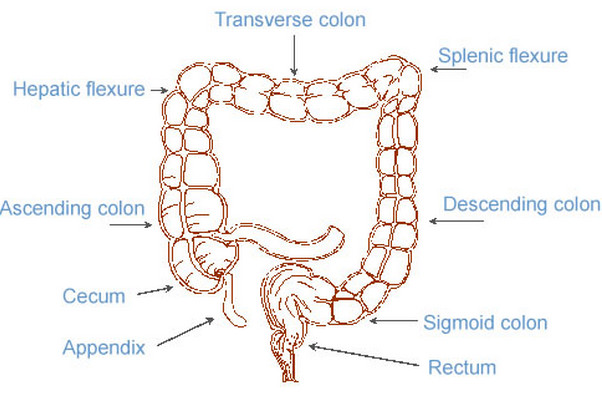
Increased heart rate – this may happen due to the fact that your vagus nerve controls your involuntary actions (including – breathing, heartbeat, and digestion), and the gas pressure may stimulate this nerve and cause an increased heart rate.Moreover, if you chew gum, smoke tobacco, suck hard sweets, wear loose-fitting dentures, or don’t chew your food enough, you are inclined to swallow more air, which will also lead to flatulence. Flatulence – it is characterized by the increase in the frequency of gas passing through the rectum.This pain may radiate upward to the left shoulder, and inner aspect of the left arm and occasionally mimics angina pectoris. Pain – it is the presenting characteristic in the majority of sufferers affected with this condition, especially the left epigastric zone being the most usual site of origin.IBS is the 2nd most frequent reason for missing work, and at least 20 percent of the people in the United States have it. This syndrome forms one of the clinical manifestations of irritable bowel syndrome. However, if gas builds up in your digestive tract and you’re unable to expel it, you may start to feel discomfort and pain. Gas is a normal and healthy part of the digestion process.įor instance, the average adult passes gas between 13 and 21 times every day.

The splenic flexure is situated next to the spleen and a section of the large intestine or colon. Splenic flexure syndrome is a chronic disorder producing symptoms of pain that are caused by trapped gas in the bends of the colon or splenic flexure. What are the symptoms, causes, and exercises for splenic flexure syndrome? Introduction


 0 kommentar(er)
0 kommentar(er)
